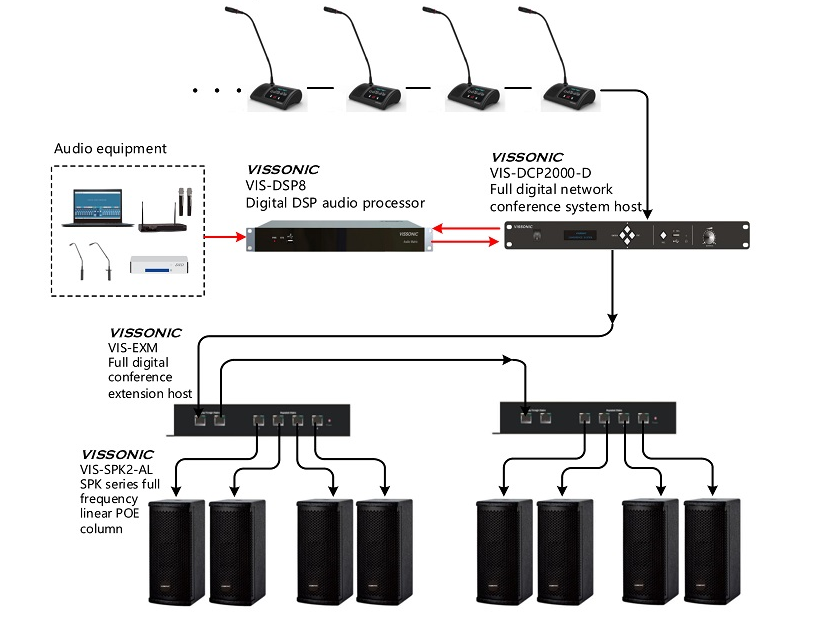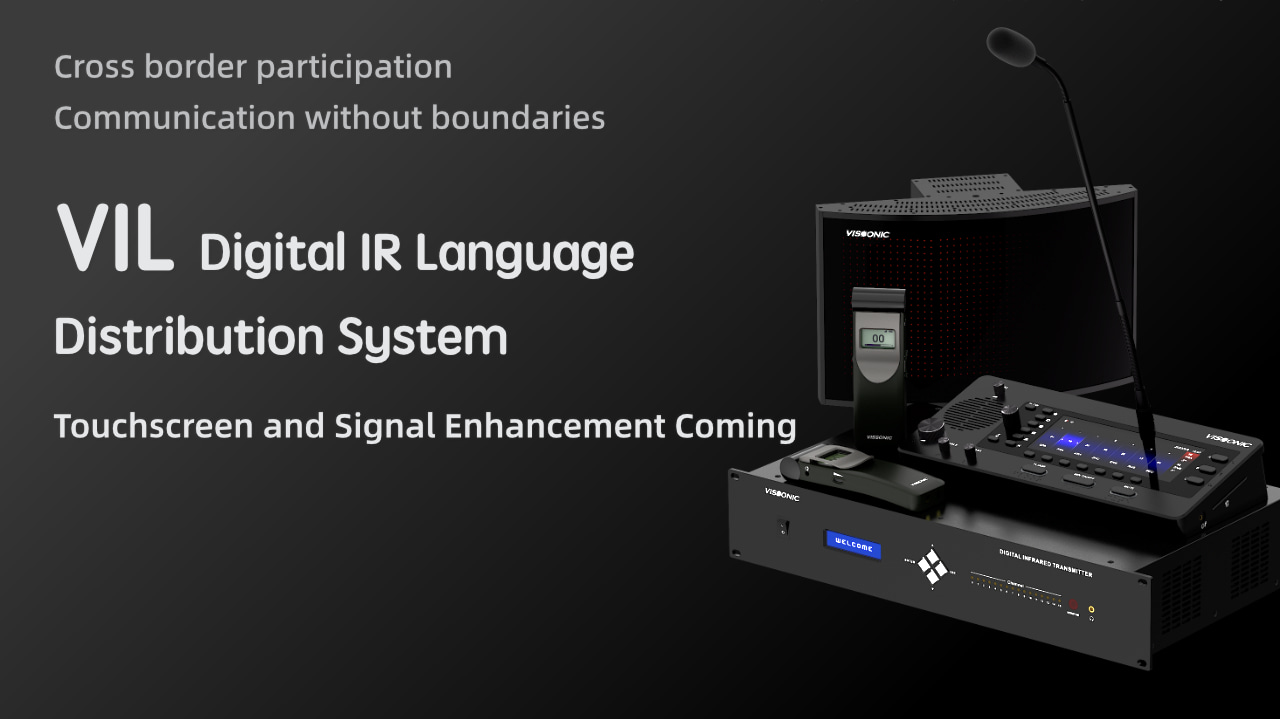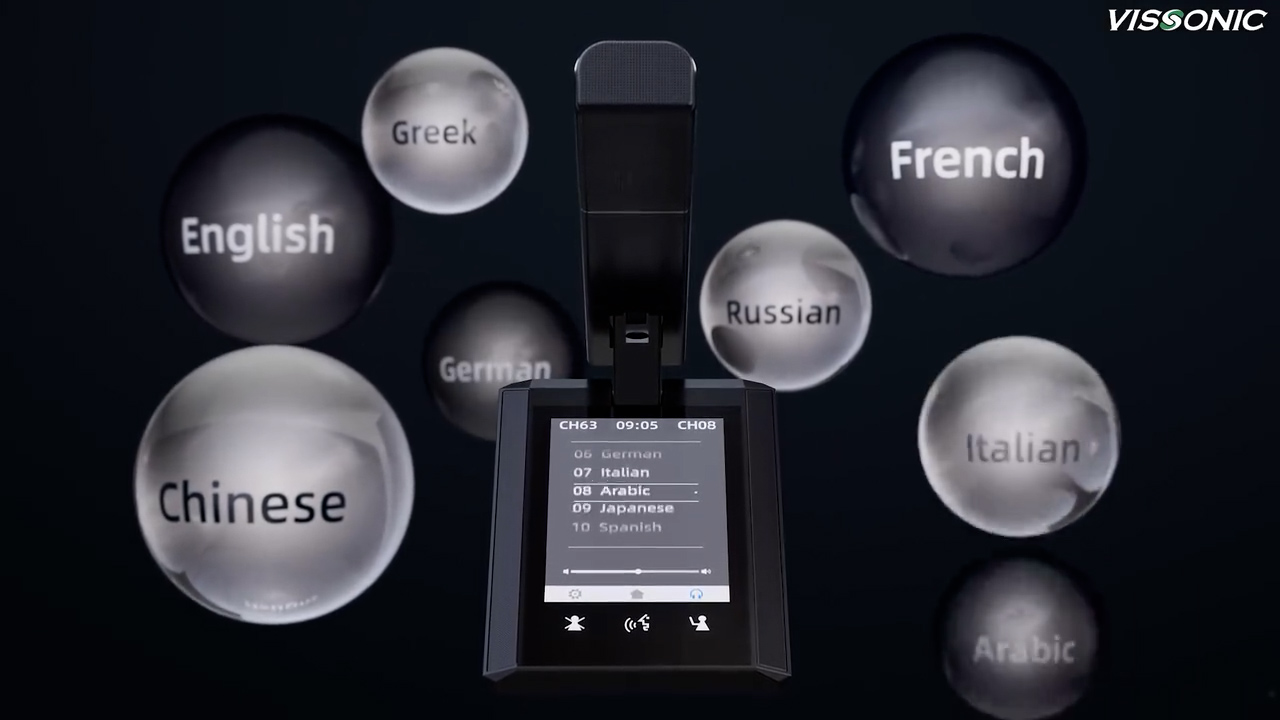The Functions of Digital Signal Processors
Audio is the cornerstone of any successful conference call. Whether you're chatting on a laptop or a government web conferencing system, you need to be able to hear each other clearly. Having DSP protections in place that clean up the sound and make it more intelligible is critical. In this guide, we provide an overview of what DSP technology is and how it can improve the user experience.
What is a Digital Signal Processor?
Short for "digital signal processing," DSP systems process audio signals to achieve a certain goal. Some DSP systems can also process video and other data. For example, a DSP system may contain an algorithm that detects the primary audio source and isolates it from any unwanted noise, resulting in a clearer signal. Multiple algorithms can process audio simultaneously, depending on the initial signal and the conferencing equipment used. After processing the audio signal, it is converted back to an analog signal and sent to the speakers.

DSP audio features
The following are some of the ways in which DSP can improve the audio signal.
A/DD/A conversion: DSP systems can convert analog signals to digital data, process the data in a variety of ways, and then convert it back to an analog signal without affecting audio quality. This allows the user to connect the microphone directly to the DSP device without the need for a separate device.
Acoustic Echo Cancellation: This is usually the first process in the DSP signal chain that prevents unwanted echoes. Without echo cancellation, your sound will be amplified on the other party's system ("far end"), picked up by their microphone, and then played back again on your speakers.
Automatic gain control: Next, the DSP system automatically controls and balances the volume throughout the session so the signal doesn't become too loud or too quiet. This can dramatically reduce audio fatigue.

dB-NET series Digital DSP Audio Matrix
Where is digital signal processing used?
Digital signal processing is used everywhere. DSP is used primarily in audio signals, speech processing, radar, seismology, audio, sonar, speech recognition, and some financial signals. For example, digital signal processing is used for speech compression in cell phones, and for speech transmission in cell phones. DSP is also used in elite headset devices to protect users from hearing damage; the same concepts of suppression and enhancement are equally important here.
As mentioned earlier, the purpose of digital signal processing is to filter analog signals from current time and space. It is used in a variety of technical devices, but is particularly important in noise suppression and voice enhancement communication devices. To learn more about the importance of digital signal processing, please contact the experts at VISSONIC.

DSP network discussion microphone project reference
Choosing the right solution
On a large scale, DSP digital signal processing can be extremely complex and expensive. However, if you are working in a smaller space with only a few participants, your conferencing equipment may only require a single embedded DSP chip to produce high-quality audio. Meanwhile, if you're using a large conferencing system with dozens of microphones and speakers, you'll need a separate DSP device to handle the workload.
Fortunately, VISSONIC's conferencing solutions can handle DSP in any meeting environment. whether you're working in a small conference room, boardroom or boardroom, we have DSP integrated systems that deliver incredible audio. Contact us for professional solutions.












